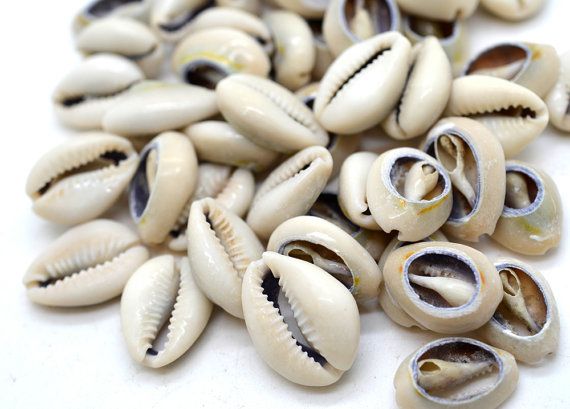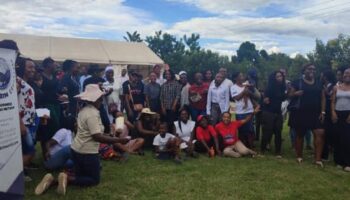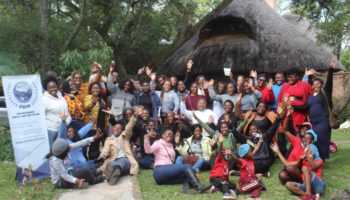Numerous metal objects and other items were used as currency in Africa. They are as follows: cowrie shells, salt, gold (dust or solid), copper, ingots, iron chains, tips of iron spears, iron knives, cloth in various shapes (square, rolled, etc.). Copper was as valuable as gold in Africa. Copper was not as widespread and more difficult to acquire, except in Central Africa, than gold. Other valuable metals included lead and tin. Salt was also as valuable as gold. Because of its scarcity, it was used as currency.
North Africa
Islamic North Africa made use of the Almoravid dinar and Fatimid dinar, gold coins. The Almoravid dinar and the Fatimid dinar were printed on gold from the Sahelian empires. The ducat of Genoa and Venice and the florine of Florence were also printed on gold from the Sahelian empires.
West Africa and the Sahel
Cowry money
Cowries have been used as currency in West Africa since the 11th century when their use was first recorded near Old Ghana. Its use may have been much older. Sijilmasa in present-day Morocco seems to be a major source of cowries in the trans-Saharan trade. In western Africa, shell money was usual tender up until the middle of the 19th century. Before the abolition of the slave trade there were large shipments of cowry shells to some of the English ports for reshipment to the slave coast. It was also common in West Central Africa as the currency of the Kingdom of Kongo called locally nzimbu.
As the value of the cowry was much greater in West Africa than in the regions from which the supply was obtained, the trade was extremely lucrative. In some cases the gains are said to have been 500%. The use of the cowry currency gradually spread inland in Africa. By about 1850 Heinrich Barth found it fairly widespread in Kano, Kuka, Gando, and even Timbuktu. Barth relates that in Muniyoma, one of the ancient divisions of Bornu, the king’s revenue was estimated at 30,000,000 shells, with every adult male being required to pay annually 1000 shells for himself, 1000 for every pack-ox, and 2000 for every slave in his possession. In the countries on the coast, the shells were fastened together in strings of 40 or 100 each, so that fifty or twenty strings represented a dollar; but in the interior they were laboriously counted one by one, or, if the trader were expert, five by five. The districts mentioned above received their supply of kurdi, as they were called, from the west coast; but the regions to the north of Unyamwezi, where they were in use under the name of simbi, were dependent on Muslim traders from Zanzibar. The shells were used in the remoter parts of Africa until the early 20th century, but gave way to modern currencies. The shell of the land snail, Achatina monetaria, cut into circles with an open center was also used as coin in Benguella, Portuguese West Africa.
Some of the currencies used in the Sahel included paper debt or IOU’s for long distance trade, gold coins, and the mitkal (gold dust) currency. Gold dust that weighed 4.6 grams was equivalent to 500 or 3,000 cowries. Square cloth, four spans on each side, called chigguiya was used around the Senegal River.
In Kanem cloth was the major currency. A cloth currency called dandi was also in widespread use.
Source: Wikipedia
![]()





